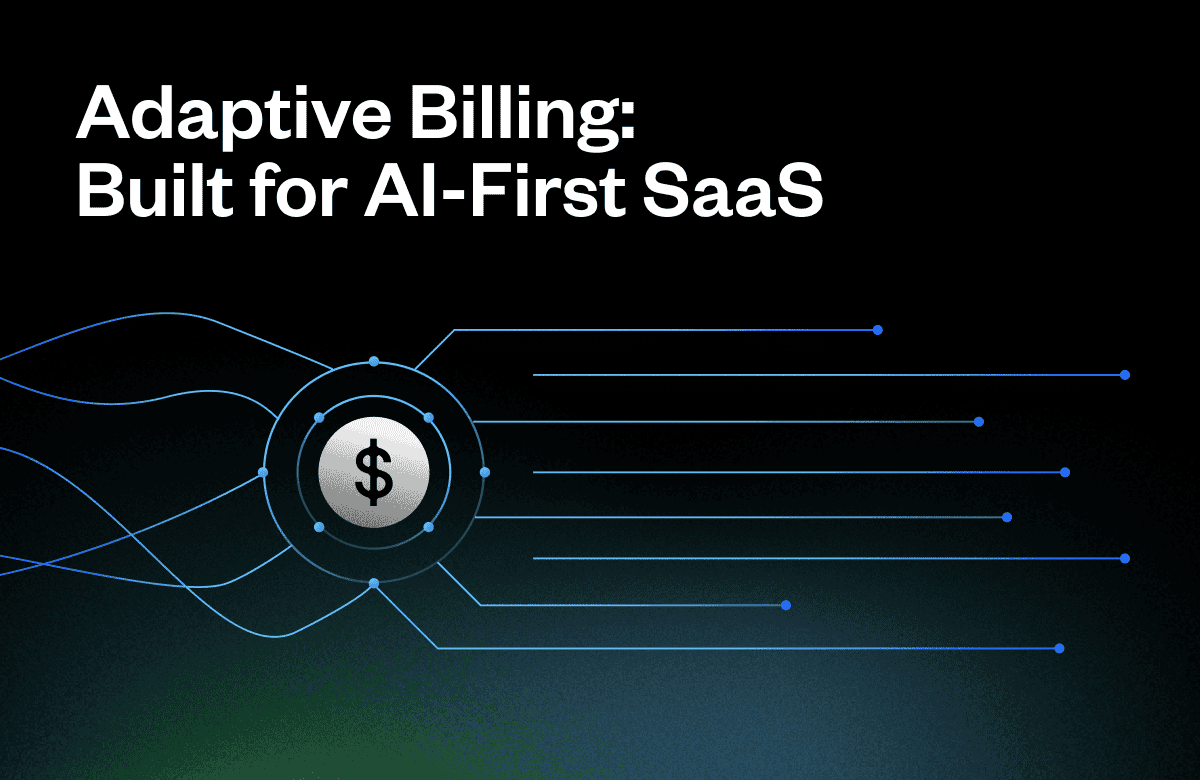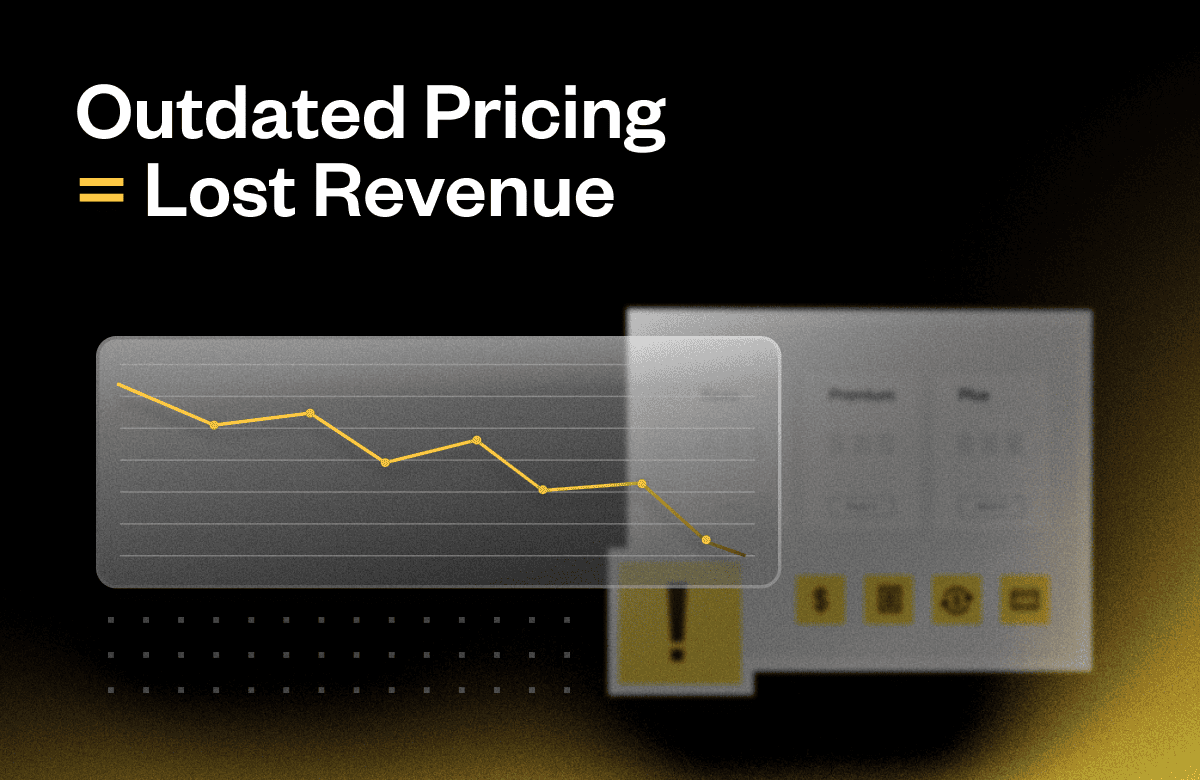In SaaS, pricing and billing aren’t just financial operations—they’re a form of communication. They shape how customers perceive value, how vendors recover costs, and ultimately, how both sides build long-term relationships. But that conversation is broken.
Too often, SaaS companies rely on billing models that don’t match how value is delivered. The result? Misalignment, unpredictable margins, and customers who feel like they’re overpaying—or worse, who churn altogether.
That’s why many SaaS leaders are exploring a new path: adaptive billing.
Billing Is Communication—and Right Now, It’s Misfiring
Flat-rate pricing and per-seat subscriptions were good enough in the early days of SaaS. They were easy to explain, predictable to budget for, and simple to manage operationally.
But “simple” isn’t always “fair.” When one customer barely touches the product and another consumes massive resources—yet both pay the same price—you’re not aligning cost with value. That’s not just bad for margins. It sends the wrong message.
AI and the New Economics of SaaS
The urgency around billing innovation isn’t theoretical. The rise of AI-first companies and compute-heavy workflows has exposed the cracks in traditional billing structures.
For example, when generative AI capabilities trigger unpredictable usage patterns or token consumption, the cost of delivering value can far exceed a fixed subscription price. That misalignment leads to margin compression and confusion.
As SaaS products become more complex, so do the cost structures behind them. Vendors need pricing models that reflect these nuances. Customers deserve clarity on what they’re paying for and why.
Enter Adaptive Billing
Adaptive billing is more than a trend—it’s the natural evolution of usage-based pricing.
Instead of batching usage data and applying a static rate, adaptive billing enables:
- Real-time usage tracking: Capture event-level data as it happens.
- Multi-dimensional metering: Measure usage across different units (tokens, storage, compute, etc.).
- Dynamic pricing: Apply variable rates based on resource intensity or service type.
- Continuous feedback loops: Help customers optimize usage—and help vendors optimize monetization.
The result? A more transparent, responsive, and fair relationship between buyer and seller.
Maxio Metering makes adaptive billing possible. This metered billing solution lets you track event-level usage data, apply flexible pricing models, and support hybrid billing strategies—all without overhauling your entire system. Get a demo to see how it works.
Not Just for AI: Who Needs Adaptive Billing?
Adaptive billing is essential for AI-native companies, but its relevance goes far beyond that.
If your customers:
- Vary widely in how they use your product
- Need flexibility but fear unpredictable overages
- Want billing that reflects value, not just access…
…then adaptive billing is worth exploring.
Whether you’re building a workflow automation tool, a data platform, or a hybrid SaaS service, the ability to align cost with usage—at a granular level—can unlock better margins and longer customer lifecycles.
It’s Not a Set-It-and-Forget-It World Anymore
One of the biggest lessons we’ve learned at Maxio: Your billing model is a living system. It should evolve alongside your product, your customers, and your strategy.
Here’s a practical path forward:
- Audit your current billing approach. Is it aligned with how your product delivers value? Does it scale?
- Hypothesize new models. What if you priced by events instead of seats? What if power users paid more?
- Experiment with new models on limited segments or SKUs. Think MVP, not overhaul.
- Scale what works—and keep iterating as your business grows.
Billing strategy can no longer be an afterthought. It has to be dynamic, data-driven, and cross-functional—touching product, finance, sales, and customer success alike.
This Is the Billing Conversation We Need to Be Having
Yes, adaptive billing introduces complexity. But that complexity reflects a deeper truth: Not all usage is equal. Not all customers should be priced the same. And not all billing conversations should be left until renewal.
When done right, adaptive billing doesn’t just improve revenue alignment. It builds trust. It gives finance teams more control. It helps product and sales teams quantify value. And it sets up SaaS companies to scale sustainably in an AI-powered world.
Want to go deeper on this topic? Watch the Evolution of Billing webinar on demand to hear from Randy Wootton and Ken Rufo as they break down why adaptive billing matters—and how to put it into practice.




